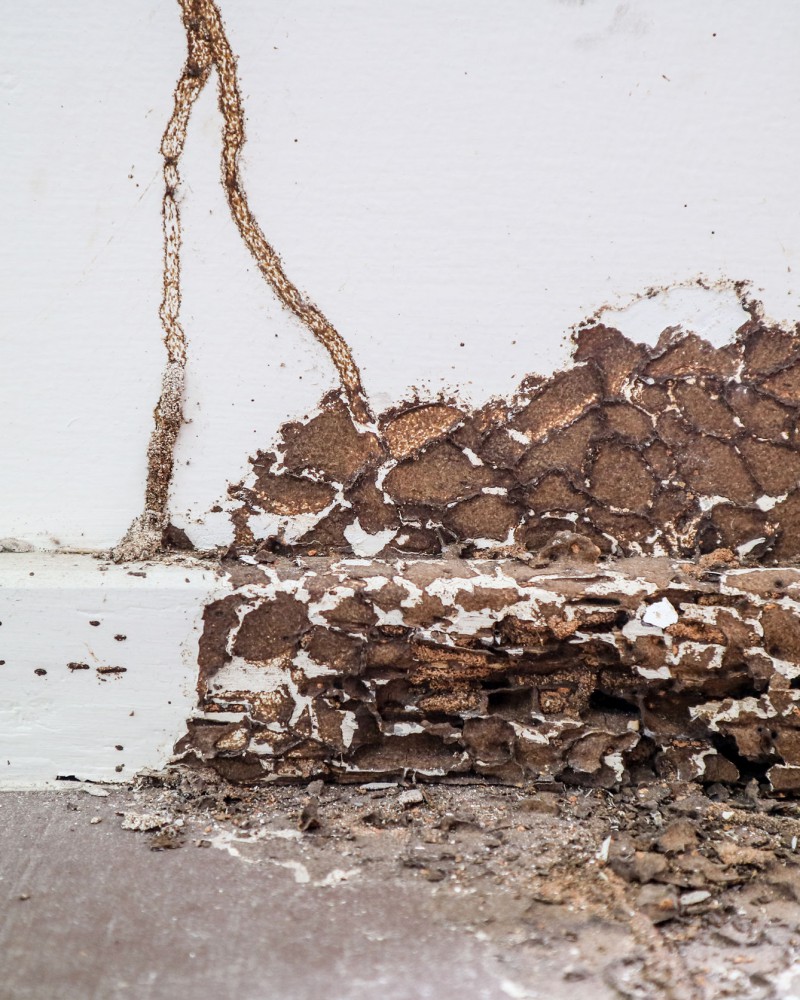As partner of pest management professionals (PMPs), we understand how important Integrated Pest Management (IPM) strategy is to PMPs in their duty to safeguard public health and property from vector-borne diseases and pests.
Integrated Pest Management (IPM) is an effective and holistic approach to pest management that relies on a combination of common-sense practices. IPM-based programmes utilise knowledge on the biology of pests and their behaviour. This information, in combination with available pest management methods and conditions of treatment area, is used to manage pest damage by the most effective and economical means, while minimising possible hazard to people, property and environment.
IPM approach can be applied to various settings, such as residential, kitchen, workplace and agriculture. IPM takes advantage of all appropriate pest management options including, but not limited to, the judicious use of biological, physical/mechanical and chemical management tools.
Integrated Pest Management (IPM) process consists of six components.


Knowing what you are dealing with is the crucial first step before any pest management programme. By identifying the species of the pest, a PMP will utilise the knowledge of its biology and behaviour to design a suitable pest management programme that bears results. Information like treatment time, type of chemical tools and preventive measures is dependent on knowing what pest a PMP is dealing with.
A misaligned pest management programme can be a costly mistake to both PMPs and their clients in terms of time, resources and damages. Not only that, implementing a pest management programme that is not planned properly can be detrimental to safety, health and environment.